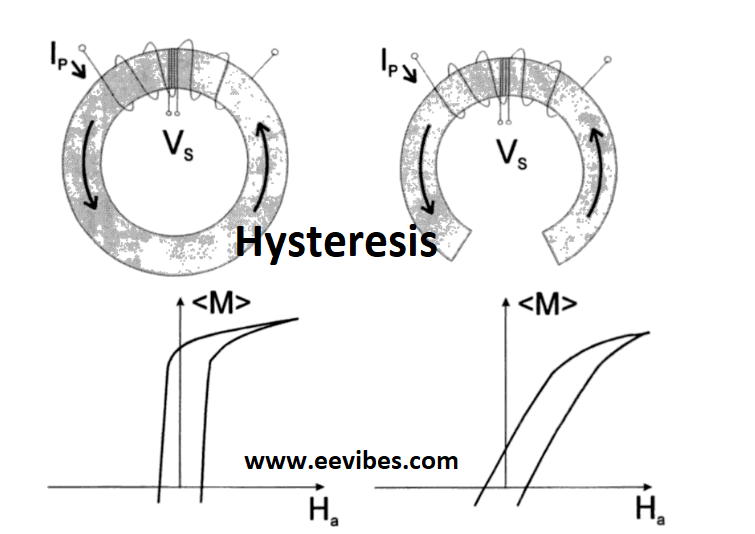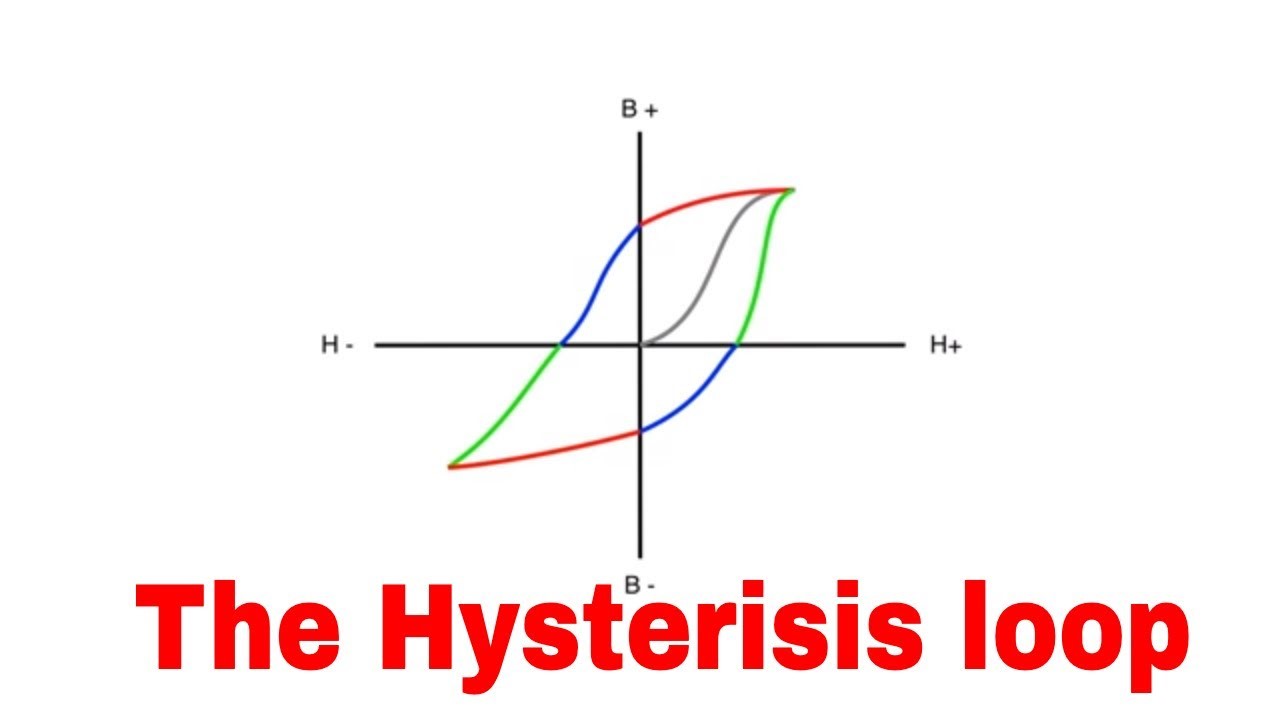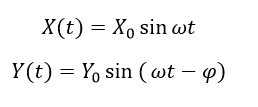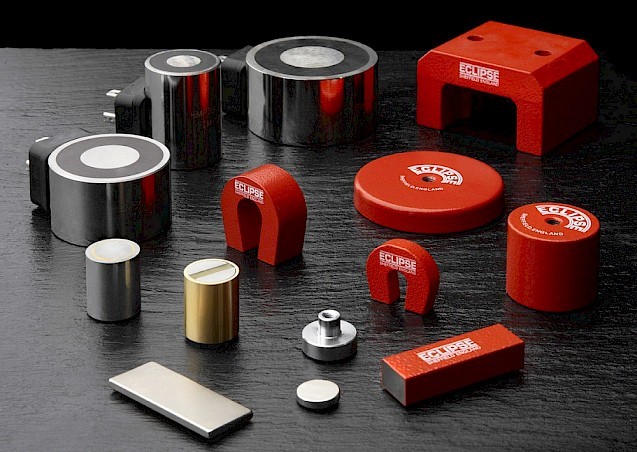
What is Hysteresis?
What is the Hysteresis loop? Hysteresis means ‘lagging’. It is actually the dependence of the state of any system on the history of the system. Hysteresis can also be a variable/dynamic lag between an input and output that disappears if the input varies more steadily. While we are talking about electronic circuits, we often characterize hysteresis as lag of magnetic flux density behind the magnetic field strength.

All the ferromagnetic substances/ materials follow the rules of hysteresis. When a ferromagnetic material is places inside a current-carrying coil, due to the magnetic field present because of the current carrying conductor, the substance gets magnetized. While if the direction of current is reversed in the same system, the ferromagnetic substance gets demagnetized. This whole procedure is called as hysteresis. All the materials showing hysteresis show a non-linear behavior.
Types of hysteresis
Basically there are two types of hysteresis.
Rate-dependent hysteresis
In this type of hysteresis, there is a lag or a phase difference between input and output signal. A sinusoidal input wave that transforms into a sinusoidal output wave can be expressed as below where there is a phase lag.

This type of hysteresis is referred to as rate-dependent hysteresis. If the input signal becomes zero, the output continues to respond for a very short limit of time. This resembles to be a memory of input signal which the output is showing. The phase lag between input and output depends on the frequency of input, and goes to zero as the frequency decreases.
Rate-independent hysteresis
This type of hysteresis is found in the systems that still have an effective memory pattern of past that still remains even after the transients die out. The future of these types of systems is based upon the past of states visited by the system. But the past doesn’t fade with the passage of time.
Hysteresis loop
Hysteresis loop is used to show the relationship between magnetic flux density and the field strength due to magnetism. This loop is generated by measuring the magnetic flux from the ferromagnetic material while the external magnetic field is being changed.
If flux density is taken on y-axis and the magnetizing force is taken on the x-axis, then the results are plotted in graphical form. These results show hysteresis loop.
- The magnetic flux density is increased when magnetic field strength increases.
- With increasing magnetic field strength, the value of magnetism increases and reaches a point which is called saturation point. At this point, flux density becomes constant.
- When magnetic field value decreases, the value of magnetism also decreases. But according to graph, when both flux density and magnetizing force are equal to zero, the substance still retains some magnetism called retentivity or residual magnetism.
- When magnetic field tends towards negative side, magnetism also follows decrement. At this point the substance is completely demagnetized. The force required to remove the retentivity of any material is called coercive force.
- The graph follows and saturation point, retentivity point and coercive force arrive. Due to the forward and reverse direction of the graph, the cycle completes, and forms a hysteresis loop.
Advantages of hysteresis
- A small in area hysteresis loop indicates a less loss in hysteresis.
- Hysteresis loop provides a substance with properties of retentivity and coercivity. Thus providing the user a fair chance to carefully select the material used for making permanent magnets.
- The graph of hysteresis or simply hysteresis loop makes it simple to choose the material for electromagnetism.
What is Retentivity?
It is defined as the amount of magnetism present when the external magnetizing field is removed. It is actually the material’s ability to retain a certain amount of magnetism even after the magnetic field is removed. It is shown in the hysteresis loop as the point when the graph line intersects the positive y-axis. And its negative is given as the point on negative y-axis where the reverse graph intersects.
Coercivity
It is defined as the total amount of reverse external magnetic field require to completely demagnetize the substance. Its value in the graph can be plotted at points where the graph intersects with the x-axis irrespective of the direction. Then we have both positive and negative coercive force.
Hysteresis loss
As the current flows both in forward and reverse direction, it causes to continuously magnetize and demagnetize the core of the material. This continuous magnetization and demagnetization causes hysteresis loss. During the magnetization and demagnetization cycle of any substance, energy is spent and is spent in the form of heat energy. This heat energy is actually the hysteresis loss. The loss of energy per unit volume of the material is equal to the area of hysteresis loop.
When the magnetizing force increases, it causes the magnetic flux to increase. However, when the magnetizing force decrease, the magnetic flux does decrease. But this decrement is not as fast as the decrement of magnetizing force. As a result of which, even when the magnetizing force has vanished away, the magnetic flux still remains and has a positive value. In order to minimize this magnetic flux to zero, a negative magnetizing force is applied.

This relationship between magnetizing force and flux density is shown by hysteresis loop or curve. The area of this loop indicates the amount of energy required to complete a full cycle of magnetizing and de-magnetizing and the area of this loop indicates the energy lost during this process. The equation for this hysteresis loss is given as
$$
P_B=\eta * B_{\max }^n * f * V
$$
Where $P_B=$ hysteresis $\operatorname{loss}(\mathrm{W})$
$\eta=$ Steinmetz hysteresis coefficient, depending on material $\left(\mathrm{J} / \mathrm{m}^3\right)$
$B_{\max }=$ maximum flux density $\left(\mathrm{Wb} / \mathrm{m}^2\right)$
$n=$ Steinmetz exponent ranges from 15 to 25 depending on material
$f=$ frequency of magnetic reversal per second $(\mathrm{Hz})$
$V=$ volume of magnetic material $\left(\mathrm{m}^3\right)$
A transformer is the best implementing example of hysteresis loss. Energy is lost during magnetization and demagnetization of its coil. In transformers, continuous loss of energy in the form of heat causes the efficiency of transformer to decrease. To increase the efficiency of transformer and to reduce this hysteresis loss, soft iron is used. Because the hysteresis loss in case of soft iron is very low than other materials.
Soft magnet vs hard magnet
Soft magnet
- Easy magnetizing and demagnetizing
- They are temporary magnets. They can be produced by heating and gradual cooling
- Hysteresis loop area is small as a result retentivity and coercivity is also small
Ferrous-nickel alloy, ferrites garnets are common examples

Hard magnet
- Difficult magnetizing and demagnetizing procedure
- Unlike soft magnets, they are permanent magnets and can be produced by heating and rapid cooling.
- Hysteresis loop area is larger as compared to soft magnets.
- Examples include steel, carbon steel, chromium steel and tungsten.
Applications
- It is commonly used to retain a memory that may or may not be lost for example in herd disks, credit cards etc.
- It is also implemented in thermostats and Schmitt triggers which prevent unwanted switching.
- It is sometimes used as a part of computer algorithms
- It is also applicable to cell biology, genetics, immunology, neurosciences and many other derivatives of science.
Also read here